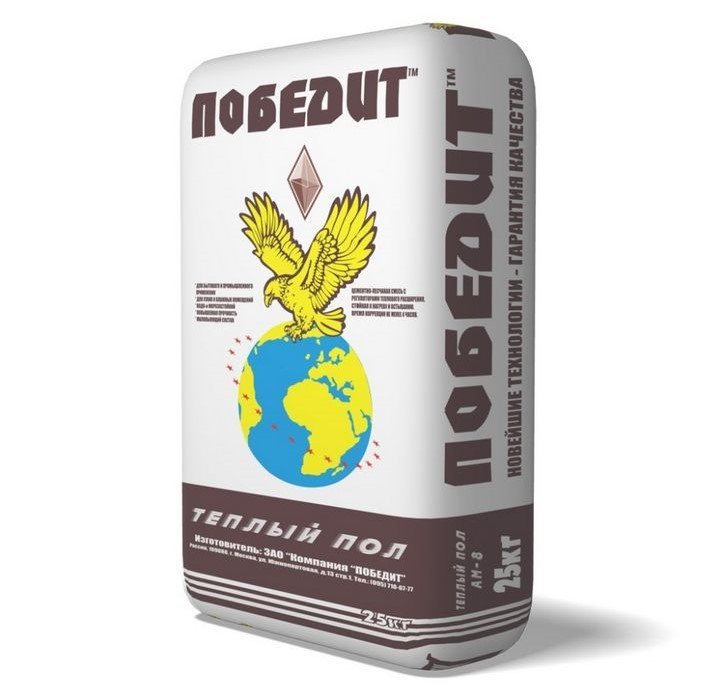Content
- Pros and cons of single pipe wiring
- The difference between the two-pipe wiring
- Heating from polypropylene pipes - collector circuit
When designing a new house or living space, it is very important to choose the right heating system from polypropylene pipes, since the consumption of electricity or fuel during subsequent operation depends on it, as well as the appearance premises. Installation of heating from polypropylene pipes is carried out according to three types of schemes:
- single pipe;
- double pipe;
- collector.

The heating system used in these installation schemes may be forced movement of water or antifreeze and gravity. With vertical mounting and horizontal.
Pros and cons of single pipe wiring
A single-pipe system is a type of connection in which liquids move from one radiator to the next, lose temperature. With this scheme, there is no fluid movement in the opposite direction. It is mainly mounted vertically, but horizontal is sometimes used. It is used for heating equipment in multi-storey and private houses. It is possible to connect to radiators from above or from below.

Cons of this wiring
- the inability to adjust the heating temperature in different parts of the wiring. It is generally difficult to regulate, since a decrease in the temperature regime at the beginning of the wiring will lead to a minimum temperature at the end;
- if the temperature difference between the upper point of the wiring and the bottom of the riser is large, then at the bottom you may need to install heating batteries with a large number of sections and area than at the beginning of the riser.
- For normal operation, strong pumps are needed, the cost of heating boilers increases, service wear increases, there is a need for frequent replenishment of water.
Advantages of single-pipe wiring of heating with polypropylene pipes
- gives great savings when laying in consumables and labor hours;
- more acceptable appearance (fewer pipes are laid);
- Today, there are many opportunities to fix the functional flaws of this system using radiator regulators, thermostatic sensors.
The difference between the two-pipe wiring

With a two-pipe heating distribution, a thermal agent (water, antifreeze, steam, gas) with the same heating temperature is evenly distributed throughout the equipment. Radiators are connected both above and below at the same time. From a common riser, a hot heat agent enters each radiator through the upper connection, circulates in the heating battery and the lower connection leaves through a common return line to the boiler for a new warming up. The advantages of such a system is that with a thermostatic head or a servo drive the temperature of any radiator can be adjusted separately, and this will not affect the rest of the heating the system. With this installation application polypropylene pipes larger than DN 20x3.4. and also a radiator valve over 1.2 does not make sense, it will not get warmer. The length of the polypropylene pipe supplying the heat agent should be no more than 25 meters.
The disadvantage of the scheme is the high cost of laying the return pipe system.
Heating from polypropylene pipes - collector circuit

Such a system is characterized in that each radiator is connected directly to the collector. Radiators are connected from two parties. In one line, the heat agent supplies heat to the heating battery, on the other hand, the cooled agent returns to the collector. In this scheme, polypropylene pipes are usually held in a straight line and laid inside the screed. Their length is quite large. But to manage this system is easier, the heat will spread evenly. With the help of a hydraulic arrow, it is possible to draw circuits with different temperatures and pressure drops. The collector circuit is not suitable for high-rise buildings.
Drawbacks of the collector circuit
- high consumption of the pipe, in comparison with a single-pipe wiring;
- complication of work, since there should be no connections;
- heating system only forced;
- installation of the same number of pumps as autonomous circuits is divorced throughout the premises.
Polypropylene pipes are not afraid of defrosting. But it must be borne in mind that defrosting can damage the boiler and expansion tanks. For soldering polypropylene pipes you need a special tool. The nodes are soldered separately, and in the finished form are installed in the place where they will stand.
You also need to know that when connecting plastic pipe and polypropylene it is necessary to choose pipes that meet the following correspondences:
| Plastic pipes, size: | Polypropylene pipes, size: |
| 20 x 2 | DN 25 x 4.2 |
| 16 x 2 | DN 20 x 3.4 |
| 26 x 3 | DN 32 x 5.4 |
After weighing the pros and cons, it is worth choosing a scheme that is most suitable for specific conditions.

EXPERT SITE
Tsugunov Anton Valerevich
Master Station Wagon
- Since 2003, I have been engaged in the repair and decoration of premises.
- Over 100 completed objects.
- I appreciate the quality, more than the quantity!
Personal page >>>
Friends!
I offer you the service "Friend Builder"
As this site develops, subscribers and visitors turn to me more and more often asking for help with advice on various issues of repair and decoration.
Questions are sometimes asked very complex and interesting. You can’t write an article for each situation, so I decided to advise you individually.
Thanks to you, friends, a new direction of my favorite work has been born - share your experience and benefit everyone who is undergoing repairs!
Get a one-time consultation from me >>>
Order full apartment repair support >>>


